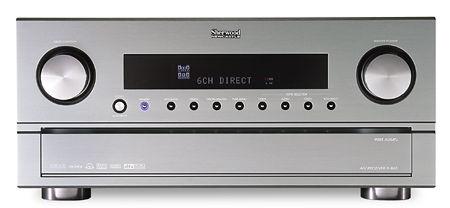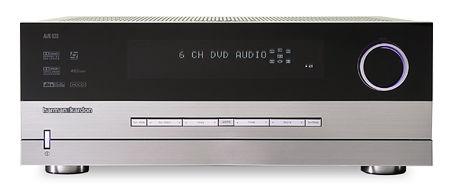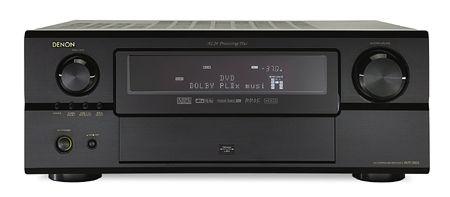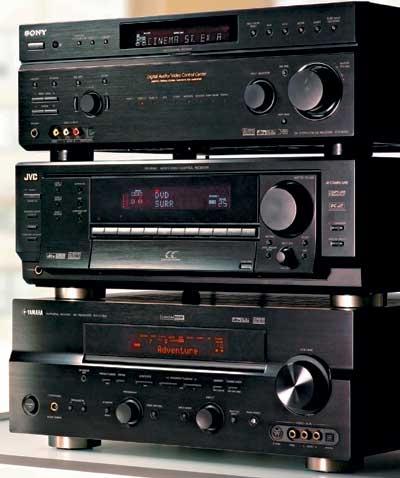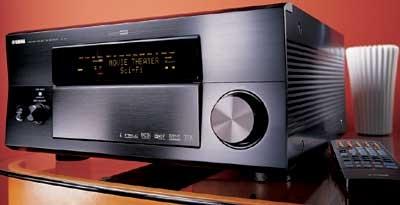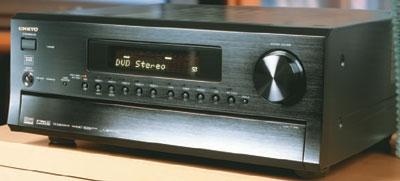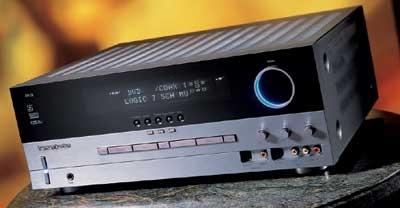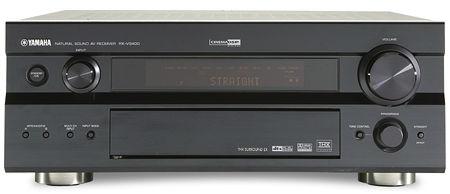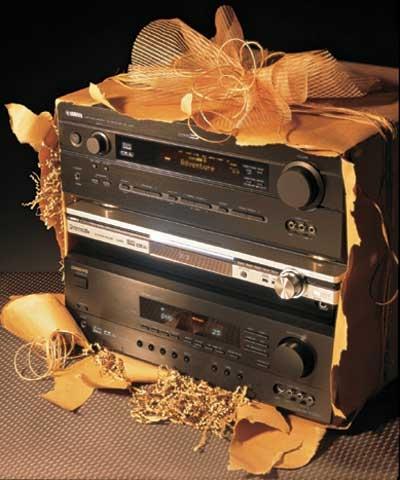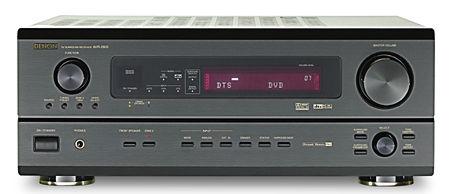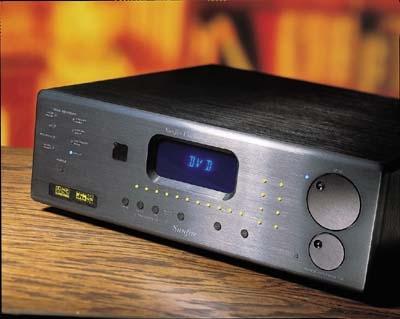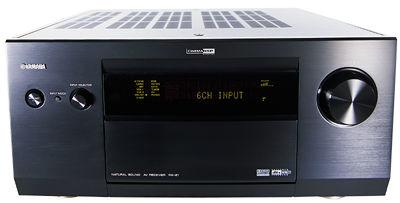AV Receiver Reviews
Sort By: Post Date TitlePublish Date
|
Aug 19, 2004 |
First Published: Aug 01, 2004
|
Aug 19, 2004 |
First Published: Aug 01, 2004
|
Aug 19, 2004 |
First Published: Aug 01, 2004
|
Aug 19, 2004 |
First Published: Aug 01, 2004
|
May 06, 2004
|
Mar 02, 2004
|
Sep 01, 2003

